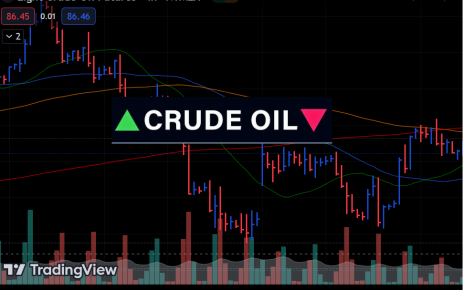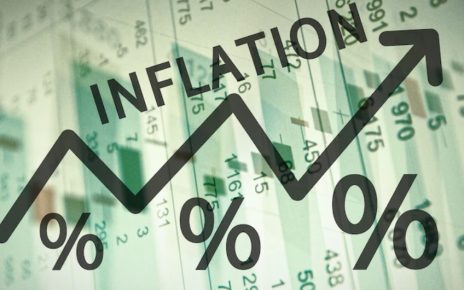- Manufacturing activity in China decreased at the fastest rate in almost three years.
- S&P 500 and Nasdaq futures were up 0.1%, reflecting the cautious atmosphere on Wall Street.
- This week’s data on US payrolls is anticipated to show that the labor market is still tight.
On Tuesday, equities rebounded from early losses as traders assessed the short-term expenses of the coronavirus infections in China against the long-term advantages of a full reopening of the second-largest economy in the world.

Several polls revealed that as COVID-19 infections spread through production lines, manufacturing activity in China decreased at the fastest rate in almost three years.
The official purchasing managers’ index (PMI) went down from 48.0 in November to 47.0 in December, according to the National Bureau of Statistics (NBS).
The figures provided the first official picture of the manufacturing industry since China lifted the harshest COVID restrictions in the world in early December. S&P 500 and Nasdaq futures were up 0.1%, reflecting the cautious atmosphere on Wall Street.
This week’s data on US payrolls is anticipated to show that the labor market is still tight, while data on EU consumer prices may indicate some inflation slowing due to falling energy prices.
According to analysts at NatWest Markets, Energy base effects will result in a sizable drop in inflation in the major economies in 2023. Still, stickiness in core components, largely due to tight labor markets, will prevent central banks from making an early dovish policy “pivot.”
They predict that interest rates will reach their highest point of 5% in the US, 2.25% in the EU, and 4.5% in Britain, where they will remain for the whole year.
The Federal Reserve’s December meeting minutes, coming this week, will probably reveal that many members saw risks that interest rates would need to climb for longer. Still, given how far rates have already risen, markets will be alert to any mention of pausing.
Although markets have long anticipated eventual US easing, the Bank of Japan’s abrupt increase in its ceiling on bond yields caught them completely off guard.
According to the Nikkei, the BOJ is now considering increasing its inflation estimates for January to indicate price increases that would be close to its 2% target in the fiscal years 2023 and 2024.
Such a move at its upcoming policy meeting on January 17–18 would only fuel rumors that ultra-loose policy is coming to an end.





